Kevin Muldowney, MsPT has been treating people with Ehlers-Danlos Syndrome since 2005. As a physical therapist, he has developed an exercise protocol to help stabilized the many joint subluxations/dislocations associated with this genetic disorder. This book is intended for the person diagnosed with EDS to both inform them about the healthcare team needed to properly treat them as well as to guide both the physical therapist and their patient with EDS through the Muldowney exercise protocol. This book will cover such topics as: how joints sublux in this population, how to find the right physical therapist, how to exercise without injury and what physical therapy techniques works best. By the end of this protocol people with EDS should be better informed about what is going on with their body and how to make it better.
Sale!
Living Life to the Fullest with Ehlers-Danlos Syndrome: Guide to Living a Better Quality of Life While Having EDS
Original price was: $49.95.$24.95Current price is: $24.95.
-50%
Original price was: $65.00.$29.95Current price is: $29.95.
Original price was: $80.00.$32.95Current price is: $32.95.
Original price was: $94.95.$29.95Current price is: $29.95.
Original price was: $73.00.$31.95Current price is: $31.95.
Original price was: $269.95.$59.95Current price is: $59.95.
Original price was: $162.00.$37.95Current price is: $37.95.
Total: $29.95


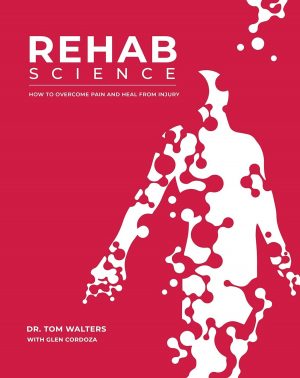
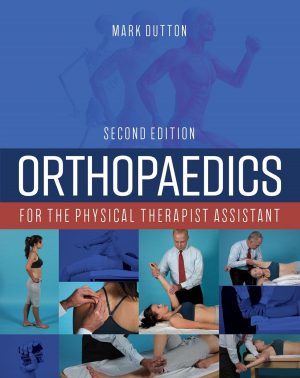
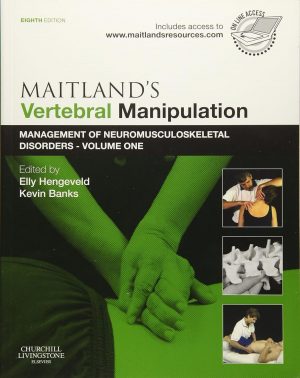
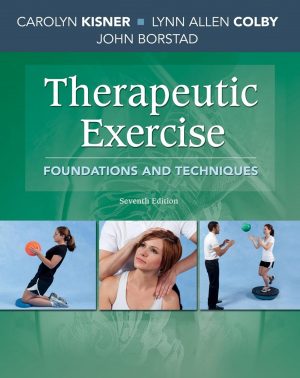
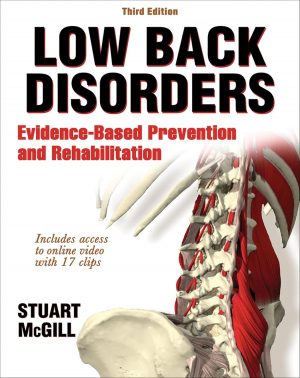

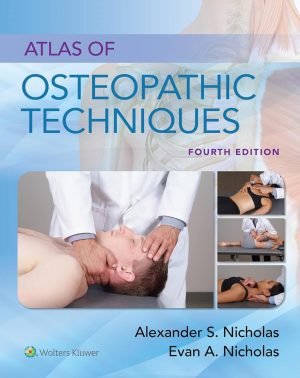
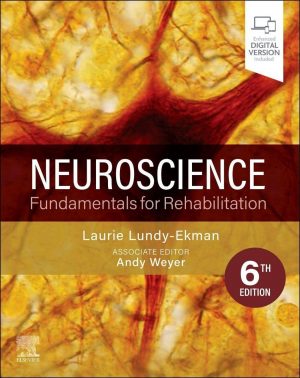
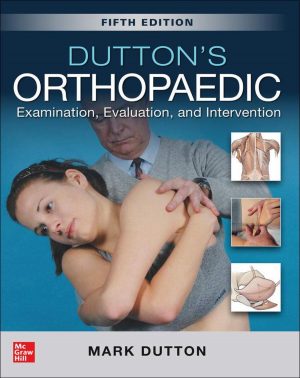

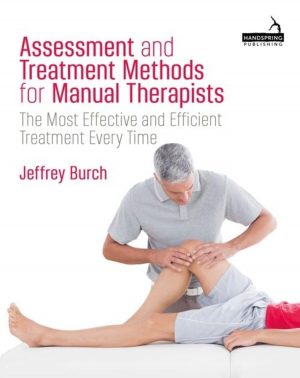
I'm getting back to using it again after being pretty sedentary the past year with all the Covid craziness.
And I have to say... the giant hardcover book is a bit much. I read through the beginning info for a couple hours the other day, and trying to force it to stay open all that time actually took a toll on my wrist. It's been inflamed and irritated the past two days since I used it.
I decided to look and see if there's a Kindle/PDF version available yet for ease of use and there's not. 😕
I know it sounds ridiculous, but anyone with EDS knows how the littlest things can set our bodies off. So using a 5 lb book we're supposed to lug back and forth to a PT, and fight the hardcover's binding to stay open is NOT ideal.
Please make this in an e-format for us to use!
Each section begins with a page to the physical therapist explaining things, in addition to sections to the PT under the individual exercises. It gives you clear images and written instructions on how to perform each exercise, what it does, and instructions on how you should increase your repetitions or duration safely.
My favorite thing about this book is definitely that it doesn’t require you to go out and purchase any expensive equipment. For the entire book, all you need is an exercise mat, a set of 1 pound, 2 pound, and 3 pound hand weights, a yoga ball, a couple of exercise bands, a normal ball (like a school kickball or soccer ball), a pillow, and a towel. I bought all of my supplies at Five Below.
The one downside to the book for me personally was that, since it’s a PT book, it doesn’t have a lot of exercises that target the fingers and hands/wrists. My fingers and wrists are big problem areas for me so that was a little disappointing but considering those are primarily OT issues, it’s understandable. The rest of the book was just so helpful that I wish Mr. Muldowney would release an OT companion book as I have yet to find any OT resources like this.
This book on its own is incredibly helpful. If you want to get the maximum results possible, I would definitely suggest working on it with a PT who can make sure your form is good and make adjustments as needed for your individual needs. But for anyone who can’t afford a PT, this book is the next best thing and honestly seems like it would be better than working with a therapist who isn’t knowledgeable about EDS or HSD. It’s worth every penny.
This book is written by a physical therapist. Half is written for the afflicted person, and the other half for their PT. Because it is near impossible to find a PT that knows what to do with EDS, it is designed so that a patient can walk into a clinic holding this book (and a prescription for PT), and show the PT what the treatment plan should look like. The two major caveats there are finding someone humble and flexible enough to work with a novel program like this, and finding a clinic that will allow for 1 hour to 1 hour and 20 minute visits of manual therapy (which is an extremely tall order, given the current insurance racket). Most PT clinics will only give you about 5 minutes with an actual licensed PT then push you off to lesser qualified personnel for loosely supervised exercises.
Since there is no cure for EDS, and no changing the chemistry of a person's collagen, the author wisely focuses on developing muscles to stabilize unstable joints in the body. It really is the only recourse an afflicted person has. Normal people don't need muscle to do this, because their ligaments do the work for them -- not so with EDS. The body has to be trained to appropriately compensate, and this book offers a method for that training.
As an aside I wish to state, for anyone who has this disorder, that (in my experience), standard PT measures are utterly useless in the treatment of this disease. The assumption is always that you are a weakling, or that your muscles need to be stretched. Neither is true in this case, and the clinic will be all to happy to sell you services that don't work, use up your insurance benefits, and gouge your bank account. You need an EXCEPTIONAL PT, a progressive clinic, and information like this book. And, of course, you (the afflicted) need to put in a lot of work into these exercises.
So why only four stars? Well, the book is a bit outdated. There have been a lot of discoveries regarding EDS, and there are now 13 known variations. Two of them are extremely dangerous, and the rest of them are misunderstood, and under appreciated in their impact. The other thing it does not cover are severe subluxations... it assumes a reasonable amount of structural normality in the patient.... but this is because it is written by a PT, Not a chiropractor or DO. Sometimes things get so far out of whack, they need someone to push the back in place, and there is just no substitute for that, in my experience, and that is simply outside the bounds of PT. Minor subluxations can be addressed, but not major ones... I wish the book could have been co-authored by someone who knows more about that side of it.
Lastly, this book does not address any of the multitude of co-morbidities associated with these diseases. I did not subtract a star for that however, as they are simply outside the bounds of the book (and physical therapy). But it is extremely important to find a doctor who understands EDS to look into the associated maladies that can seriously impact the health of an EDS patient. 99.9% of the doctors out there won't have a clue. Don't linger with doctors or healthcare practitioners who don't know, or who aren't willing to learn, the complexities of this disease. They will be all to happy to provide you with an array of services that do little more than drain your pocket book.
Dr Jennifer Stebbing DO
BUT: do not use this book on its own. You really need to work with a physical therapist to make the most of it - not just for education to ensure proper form or compliance, but also to work through the muscle spasms that are inherent to the condition - a muscle in spasm is not available for exercise and will remain both tight and weak. A good PT can help fix that and monitor progress and pain (and pain reduction!) to help you move forward.
The author is very clear and provides a good amount of information for both patients and physiotherapists. I personally like reading both sections, but I have a science background. The author is clear that the protocol should be done under the supervision of a therapist. I've done PT many many times. I can't really afford the cost or the time investment any longer. However, a lot of the exercises in this book are similar to ones I've done before so I feel confident to follow the protocol on my own. The difference between this protocol and my previous PT is that Muldowney sets out a very specific progression for the exercises. It does also build up to a whole body approach that will eventually set up a comprehensive home exercise program.
The book itself is large, the size of a regular textbook. I lay it flat on the ground next to me while I exercise. Print is large, easy to read. The photos are okay, I can see clearly what I need to do for each exercise. They're black and white, not anything huge or spectacular, but they get the job done.
I am so glad
After extensively researching, I purchased this book for my niece. We wanted an e-book, but it wasn't available on Amazon. It can only be found on the publisher's site, OutskirtsPress. I clicked on the "more" dropdown and selected "bookstore" and used the search tool. The PDF format is not only better-suited for referencing and printing a specific movement- it's 1/2 the price ($30) of the bound edition. I was frustrated that Amazon didn't have the e-book, so I'm sure this info will help others (or maybe Amazon will actually offer the e-book version).
Wishing you well in your EDS journey!!
I like how this book explains information for the patient with EDS and also explains the same information for the patients Physical Therapist but with more medical terminology. It is nice that the Author took time to write for both audiences, and not just the therapist. Having a section for the patient is helpful. It helps me understand the "why" and "how" behind the exercises.
The Author has informed me that there is currently being done for this protocol, which is great. Just wish there was already some "proven research" as it was hard to find a Physical Therapist who would be willing to try the protocol in this book with no research backing it up yet. All I have seen are patient testimonials.
Before beginning the program in the book, I trained with a personal trainer for 3 years to build muscle strength (with POTS, Chiari & 2 slipped discs in neck) and made slow but steady progress during this time, but we were both essentially flying by the seat of our pants. This book has been extremely helpful in structuring my fitness plan, and my results since beginning the book have been truly exceptional and even exponential compared to the first 3 years without the book.
I have made a couple modifications to the program, that I want to share with other EDSers in case someone finds them helpful:
- While the book insists on daily exercises, I do them only ONCE weekly, to allow for sufficient recovery time. Any more often was out of the question as the exercises are deceptively challenging and demanded a long recovery time before the post workout aches went away. Remember, even EDS experts can't be the expert in your own experience, they don't live in your body!
- Chiari - the author states that the shoulder & neck section of the book is counterindicated for those with chiari. I have to agree, with a caveat. I have chiari and, at first, the exercises did indeed cause chiari symptoms, so I stopped doing the exercise that was causing these symptoms (specifically the TYI series) and worked on the other exercises which did not aggrevate my Chiari. What has been working for me so far is to split up the first stage of shoulder exercises into three phases, each which must be completed according to the books rules before moving on to the next phase: 1. all exercises EXCEPT TYI (they did not cause a chiari flare for me) 2. MODIFIED TYI (performed while standing to remove the additional resistance gravity adds when laying down!!) 3. TYI laying down as in book. (Make sure to continue doing the SI joint maintenance excercises, this will help, too!)
If you have questions, feel free to message me on inspire (mssingtime)
I've been using his book for almost a year but due to my set-backs, didn't progress as far as I had hoped. After visiting him I am feeling more confident that I can make it through his protocol, even if it's slow and steady. I am only able to visit a physical therapist so many times a year due to my insurance, so I am not able to visit a pt 2 times a week, as suggested in the book.
I am very thankful that Kevin wrote this book for both physical therapists and people like me that have EDS and are frustrated with the lack of understanding or help available to those of us that don't live near him and aren't regular patients.
I feel his protocol is sound and I like that he offers alternatives to exercises if you are struggling with some of them. I wish that there were more pictures showing certain exercises although pictures along with instructions are in his book. In my opinion, some need more explanation and additional photos. For instance, some of the pictures show a man in shorts but his shorts are covering his knees and need to show more detail.
I don't regret my purchase of his book although some parts of it do feel a bit rushed. I'm happy that he wrote it so that other physical therapists have guidance on how to help us without harming us.
Negative:
* The author makes it clear in his introduction that you are to use this book with a physical therapist. He says this will take 2-3 visits a week for 6-12 months. I don't think this is practical for most people. My insurance pays for 20 PT visits a year. After that the cash pay price for my PT is $75 a visit. We can swing 1 visit a week paying cash because PT allows me to function. $225 a week for PT is not in our budget.
* He is also adamant that you need to follow the protocol of progression of exercises exactly, without skipping around to address things that hurt NOW (chronic injuries). On some level I understand this reasoning because dealing with a long string of chronic and new injuries is what has prevented me from figuring out a whole body program with my PT. However, I don't think a rigid approach is practical. For example, I injured my shoulder. It was so painful that I could not sleep. I couldn't lie down on my back because it hurt too much. I also couldn't raise my arm. This was not a brand new injury - it has been an issue for years. It never really healed after the first time I dislocated it, and then got worse and worse until I couldn't ignore it. If I had a PT tell me that they wouldn't help me with my shoulder until I had gone through back exercises for the sake of protocol / the larger picture, I would find a different PT. As a patient, I think there needs to be a balance between keeping the chronic injuries under control and working on the preventative.
* I am disappointed by the pictures in the book. They aren't very high quality / resolution. I suspect that having better pictures would have dramatically increased the price of the book. (Which, by the way, I think is a fair price. This is basically a textbook for a physical therapist. To reach more people the author went through and also included a translation into normal person speak. The price is less than 1/2 what a typical medical textbook costs. It's comparable to a couple of co-pays, or less than one of my cash visits with my PT. You also have to think about what a narrow audience this book addresses. I don't see it hitting the NY Times best seller list.) In addition to the quality of the pictures, the model is wearing a baggy shirt and shorts that obscures his knees and elbows. I wish I could better see what his knees and arms are doing.
* He states that you need to have a geneticist diagnose hypermobile EDS and then after the diagnosis you start the protocol and assemble your team. The problem with this is that the geneticists that *know* connective tissue disorders are swamped. Having to wait over a year to start to get things going is too long. My PCP diagnosed me, referred me to genetics to confirm and also sent me to several specialists (cardiology, GI, allergy, PT) to get the ball rolling while we waited for genetics to have an opening (which wound up being 18 months later). Those specialists did things and gave me information that immediately improved my quality of life. If I had to wait for genetics to confirm my diagnosis I would still be waiting.
The positive:
* This is a whole body program. Seriously. There are face exercises. It is INCREDIBLY comprehensive and takes you slowly through different levels of exercises. He gives modifications and instructions on what to do if you can't tolerate something.
* The author really and truly understands EDS. He acknowledges things that are unique to EDS, like coming out of PT more injured than when you started and the weird injuries that don't happen to typical people but are rampant in those with EDS. He gives instructions to the physical therapist on how they need to modify massage and mobilization techniques to avoid accidentally injuring you. He talks about POTS. He talks about who you need to have on your medical team and why. It's pretty incredible.
* The non-medical speak explanations of the exercises are easily understood so that you can do this on your own (even though you aren't supposed to.). The medical speak is in there too and isn't inaccessible if you have a medical dictionary or google handy.
* He includes a protocol on adding cardio to your activity. This is great for POTS and for people who have a hard time pacing themselves. I always feel great when I am exercising, decide to push myself a little bit harder, and then wind up feeling like I've been hit by a bus a few hours later.
* There are lists of what you need to do each day when you are working through the protocol and for when you have worked through all the exercises.
It's a great book. My issues with it are pretty picky. I wish Amazon allowed half stars because I would give it a 4-1/2. I am planning on using the book mostly on my own to augment my current PT program. I am going to have my PT double check my form on the exercises before I start doing them at home and I do plan to work through the protocol as it is written. For me this is a reasonable approach, although it is not exactly what the author recommends.
But the book could have been edited better - the register gives a lot more to wish for and a list of all the needed equipment would have been very practical to put in the beginning of the book, before you need them...
My only wish is that it was paperback. A bit heavy for me at this stage of health. And it would be nice to have it spiral bound. So I hope those are options for the next one.
-like most of us, you have only been able to find physical therapists who were ineffective, made your joints more unstable or even severely injured you
-you would like your money to go toward a compassionate physical therapist who believes EDSers and believes IN EDSers. You'll be proactively helping prevent the deterioration of your health, instead of relying on healthcare professionals who are either too dismissive or who give up and tell you you'll never be active again
-your EDS is severe enough to limit your physical abilities in any way
-you are in any amount of pain that you'd like reduce
This book was written by my physical therapist, Kevin Muldowney, who is one of the only PTs in the country to specialize in Ehlers-Danlos. (Seriously, EDSers drive in from out of state to see him.) Unlike physical therapists who give you a "cookie cutter" set of exercises designed for people with normal collagen, he became an expert at treating EDS bodies by systematically examining a substantial number of EDSers over long time periods, as he slowly added in exercises he developed specifically with EDS biomechanics in mind. He has an extremely high success rate of decreasing pain and disability in almost his EDS patients (most of whom I know personally). You can bring this book to any "manual physical therapist" in the country, and it will teach them exactly how to treat you. A lot of the pain reduction occurs slowly over time, but some strong, temporary relief happens immediately with the manual corrections of your subluxations that this book outlines (it's MUCH safer than chiropractors if your PT is well-trained). This is a long exercise regimen, but it builds slowly and works WITH you and your body. Itreally pays off in the long run--your joints will be more stable than they have been in years!